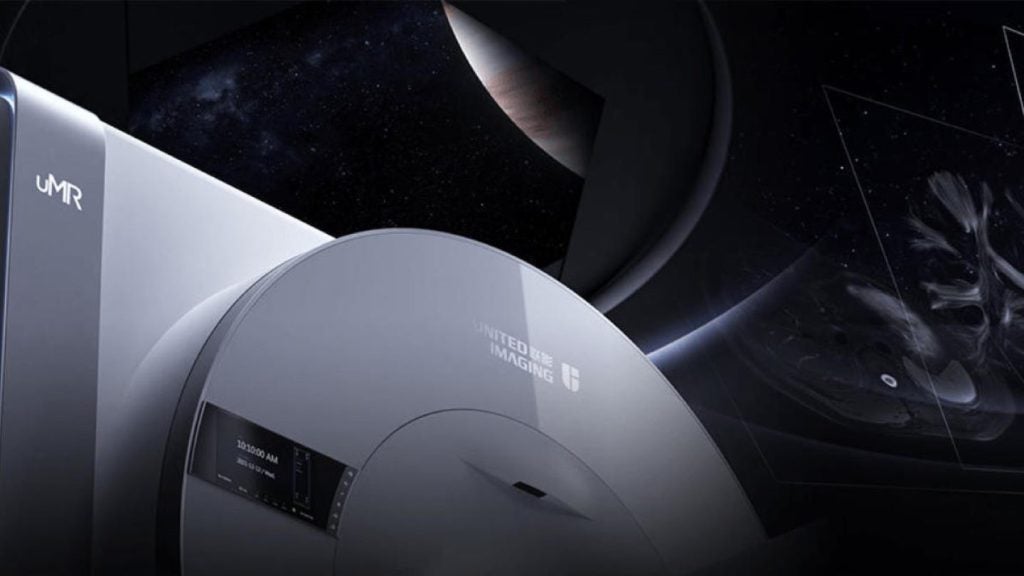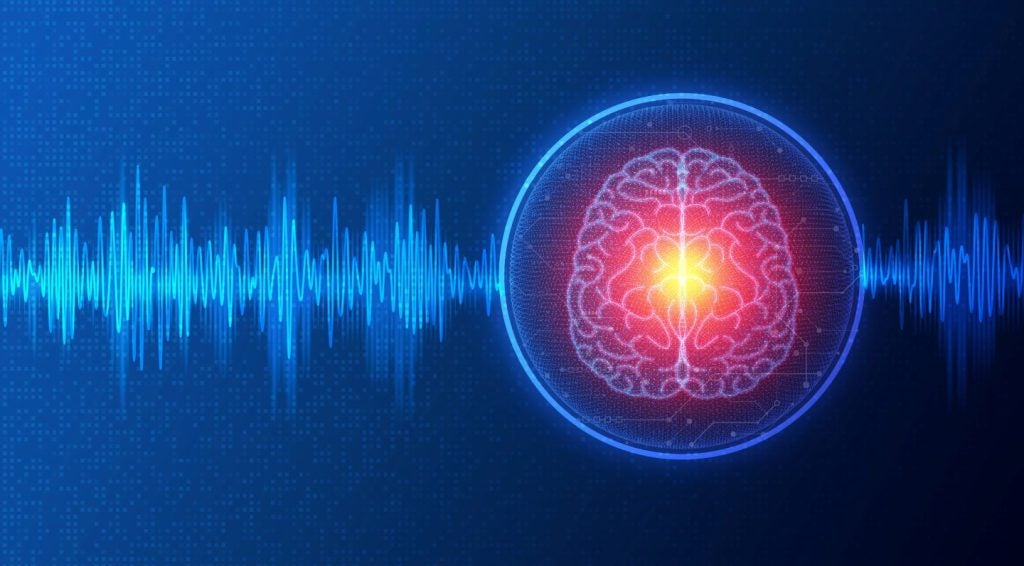Diagnostic imaging devices are used for the visualization of structural and functional patterns of organs or tissues. Nuclear imaging equipment makes use of radioactive substances (also called as nuclear medicine or radiopharmaceuticals) that are inserted into the body orally or intravenously. GlobalData uses proprietary data and analytics to provide a comprehensive report on the nuclear imaging equipment market in Russia. Buy the latest report here.
In 2022, GlobalData’s Market Model methodology determined that the leading player in the nuclear imaging equipment market in Russia was Canon Medical Systems followed by GE HealthCare Technologies, Neusoft Medical Systems, Philips Healthcare and Siemens Healthineers.
Understanding market size can be crucial to evaluate opportunities and make informed decisions about market entry and exit. Medical device companies can identify attractive segments in respective markets as well as develop marketing strategies based on forecasts for those segments.
Nuclear imaging systems capture the radiations emitted by radiopharmaceuticals to create images of the structures and activities inside the human body. These images enable physicians to look inside a human body to help determine the cause of an illness or injury and provide an accurate diagnosis. Positron emission tomography (PET) systems, positron emission tomography/computed tomography (PET/CT) systems, positron emission tomography/magnetic resonance imaging (PET/MRI) systems, single photon emission computed tomography (SPECT) systems and single photon emission computed tomography/computed tomography (SPECT /CT) systems are tracked under this category. A Positron Emission Tomography (PET) scan is an imaging test that helps reveal how your tissues and organs are functioning. PET-CT or PET/CT is a medical imaging technique using a device which combines in a single gantry system both a positron emission tomography (PET) scanner and an x-ray computed tomography (CT) scanner, so that images acquired from both devices can be taken sequentially, in the same session, and combined into a single superposed (co-registered) image. A PET/MRI system combines the functional information in regard to the metabolism or physiology, obtained from a PET scan, with morphological and anatomical imaging of soft tissues, obtained from a MRI scan. Single photon emission computed tomography (SPECT) is used to construct images of the distribution of the radioactive tracers in the human body by measuring the emission of single photons of a given energy from radioactive tracers. A SPECT/CT system is a technically advanced tomography system which combines the SPECT information with the anatomical data of a Computed Tomography (CT) scan to provide more information about the body.
The nuclear imaging equipment market in Russia can expand or contract due to a variety of reasons including population demographics, disease incidence and prevalence, macroeconomic issues, and geopolitical considerations. Disruption to a market could be caused by a sudden, unexpected change in these factors, but it could also be driven by changes in clinical practice, leading to a change in diagnosis or treatment of patients, as part of a process to generally improve medical practice.
For the latest analysis of the market size nuclear imaging equipment in Russia, buy the report here.
Premium Insights
From

The gold standard of business intelligence.
Blending expert knowledge with cutting-edge technology, GlobalData’s unrivalled proprietary data will enable you to decode what’s happening in your market. You can make better informed decisions and gain a future-proof advantage over your competitors.





